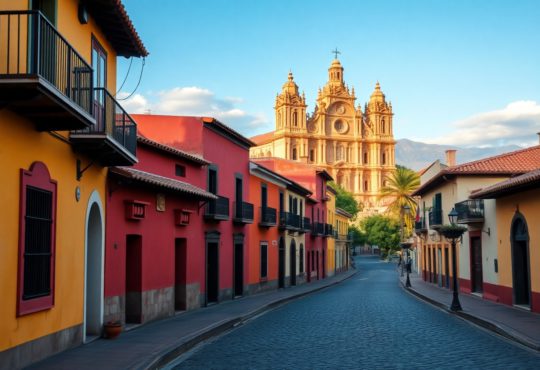
The History Of Lancaster
The History Of Lancaster
The History Of Lancaster: Lancaster, Lancashire’s county town, is three miles inland from Morecambe on the River Lune, and is easily accessible through the M6 highway on the route to the Lake District, which is 20 miles to the north. The Forest of Bowland, an Area of Outstanding Natural Beauty, is located to the east of the town.
Lancaster has a rich, complex, and ancient history that includes royal connections. The Romans built a fort on the river’s bank.
Lancaster, the town’s first documented name, means “Roman fort on the Lune” and was listed in 1086 in the Domesday Book.
Lancaster Castle, a Grade I-listed structure of national significance, is located on a hilltop above Lancaster, on the site of three Roman forts. Everyone who visits the area should go see it.
The castle was built in the 11th century by the Normans as a barrier against the Scots, and it was afterwards expanded and enlarged.
The 14th-century witch’s tower and gate are noteworthy additions to the 12th-century keep, which Elizabeth I later expanded in height and material in the 16th century as a possible defence against the Spanish Armada.
In the 15th century, John O’Gaunt, the second Duke of Lancaster and one of the city’s most important historical figures, built an expansion to the castle.
The direct ancestors of Edward III were the Houses of Lancaster and York (John of Gaunt was Edward III’s third surviving son), who was involved in the Wars of the Roses in the mid-15th century.
15th-century Europe
They were involved in the Wars of the Roses during a period of considerable religious and cultural change. John of Gaunt fathered several legitimate and illegitimate children and was King Henry IV’s father; all rulers since Henry IV are descended from John of Gaunt.
Lancaster is inextricably linked with the monarchy; the title Duke of Lancaster was passed down via the royal line. Queen Elizabeth II still holds the title and the possessions of the Duchy of Lancaster.
Lancaster was made a city in 1937 because of its “long association with the Crown.”
The castle is over a thousand years old.
Throughout the English Civil War, it was repeatedly assaulted by Robert Bruce and besieged by Royalists.
Bonnie Prince Charlie is said to have lived in Lancaster during the Jacobite insurgency of 1745.
The castle has a lengthy legal history. The infamous Pendle witches were imprisoned and tried here in 1612.
In 1975, the Birmingham Pub Bombers were tried here since the jail and courts were in the same building, making it less likely that they would “get away.”
The Crown Court is Britain’s oldest operational courtroom, and it is still in use as a court and prison – hours of operation change according to whether the Crown Court is in session.
Between 1788 and 1868, many people were convicted and condemned to jail, fines, death sentences, and deportation to penal colonies, notably Australia.
The castle’s court handed down the most death penalties in the country. “Hanging Town” was the name given to the village.
Executions were regular outside the castle walls beginning in the early nineteenth century, with audiences of up to 5,000 people frequently coming to witness the spectacle.
Previously, the condemned (along with spectators) had to make their way across town to Gallows Hill (via an inn to have a final drink with family and friends).
The magnificent St. Mary Priory Church may be seen on Castle Hill. It was established as a Benedictine monastery in 1094 and was closed down by Henry VIII in 1539.
The church, which predates the 15th century, is open to the public.
Around the end of the 17th century, Lancaster began to improve. The River Lune was deep, allowing ocean-going ships to pass upstream, and the city’s location in the country’s west allowed it to benefit from developing possessions in the West Indies and North America.
The city grew, and the port became one of the busiest in the UK, importing products such as sugar, mahogany, and tobacco and ranked fourth in slave traffic.
Many structures were built throughout the city. There are many exquisite Georgian buildings in the city centre and along the elegant tree-lined St. Georges Quay.
Lancaster is a little city that is easy to explore due to its small size. The City Museum on Market Place (in the former City Hall), the Judges Lodgings, the Doll Museum, and the Maritime Museum are among the museums.
Unfortunately, the River Lune began to silt up, ending Lancaster’s golden age of shipping. Heysham is now the most important port in the district. The Victorians converted Morecambe into a coastal resort.
Lancaster is currently a thriving university town, with numerous free arts and music festivals held throughout the year. The Grand Theatre, one of the country’s oldest functioning theatres (and home to a ghost! ), hosts a wide range of national and local productions.
Morecambe and Morecambe Bay, the Forest of Bowland, and the Lake District are all excellent places to visit with the whole family.
The post The History Of Lancaster appeared first on https://gqcentral.co.uk
The post The History Of Lancaster appeared first on https://alef3.com












